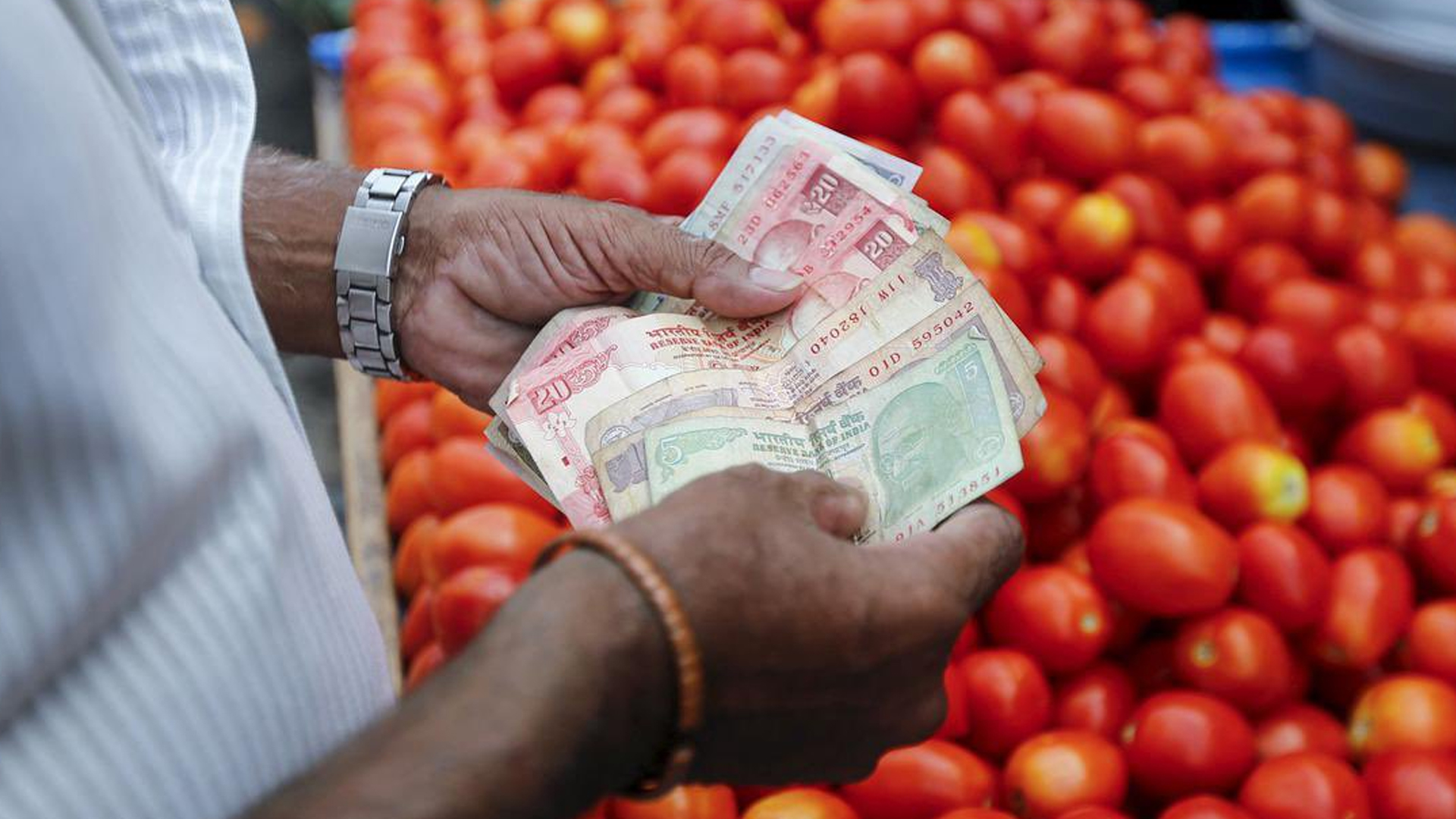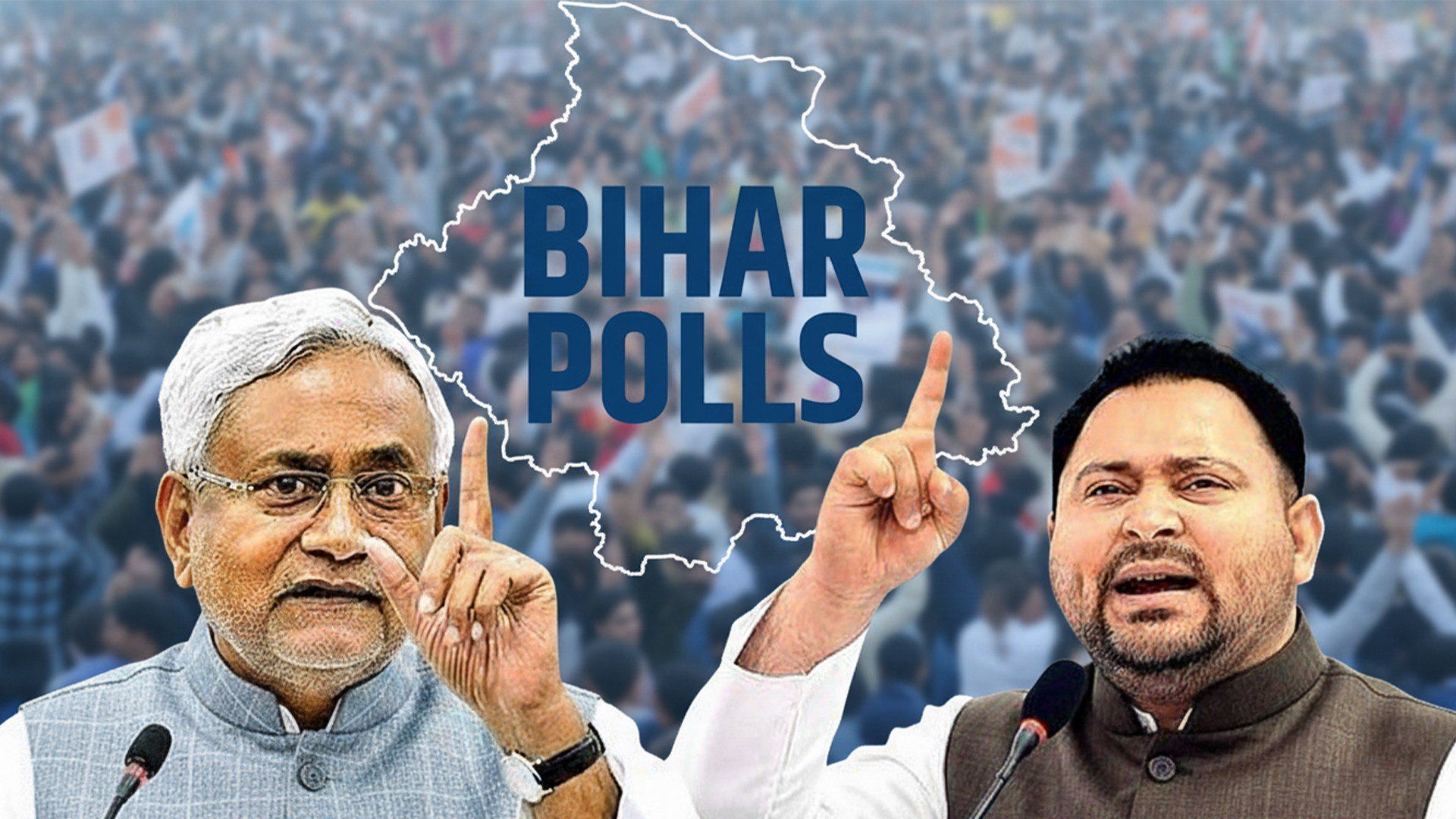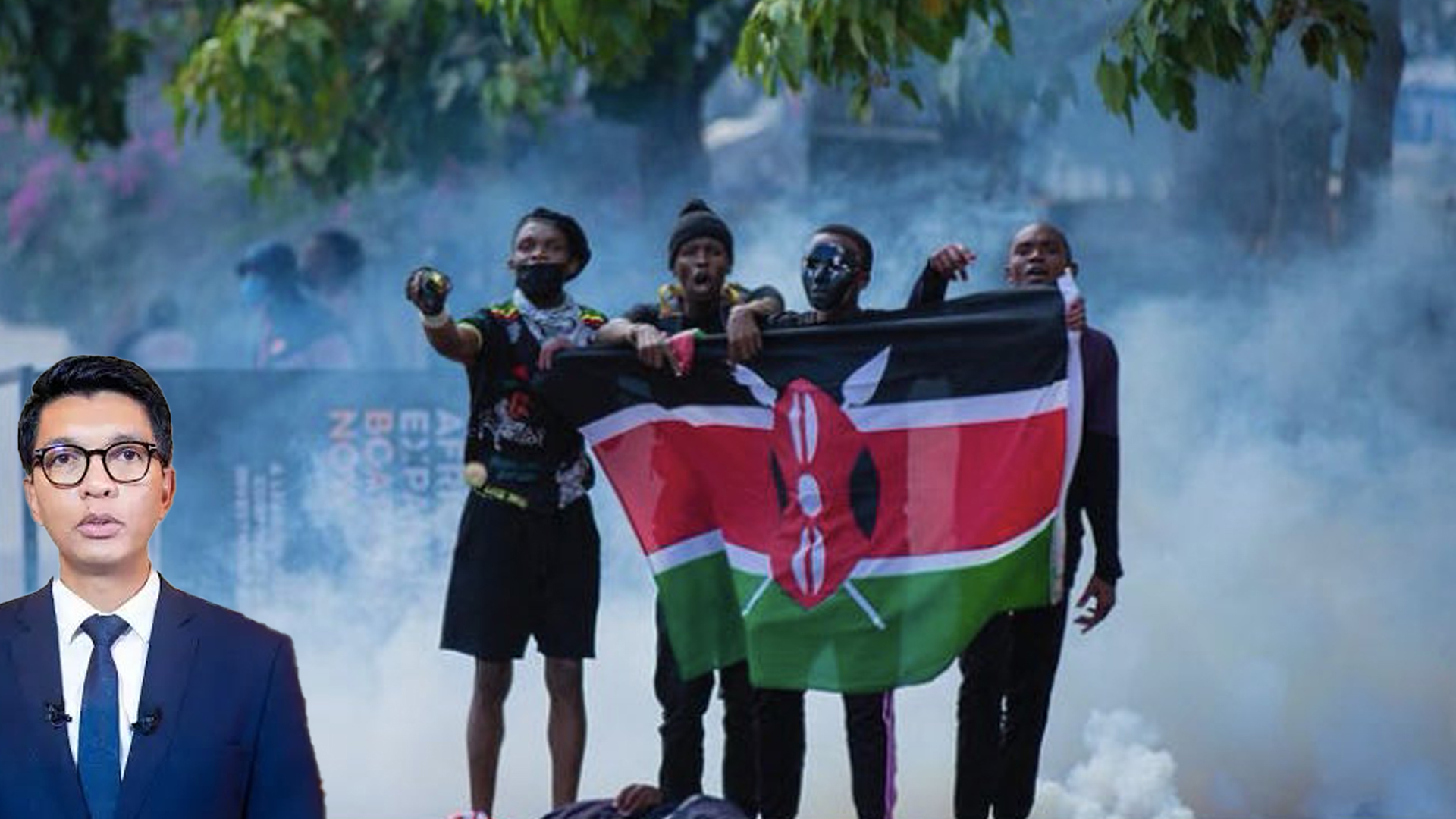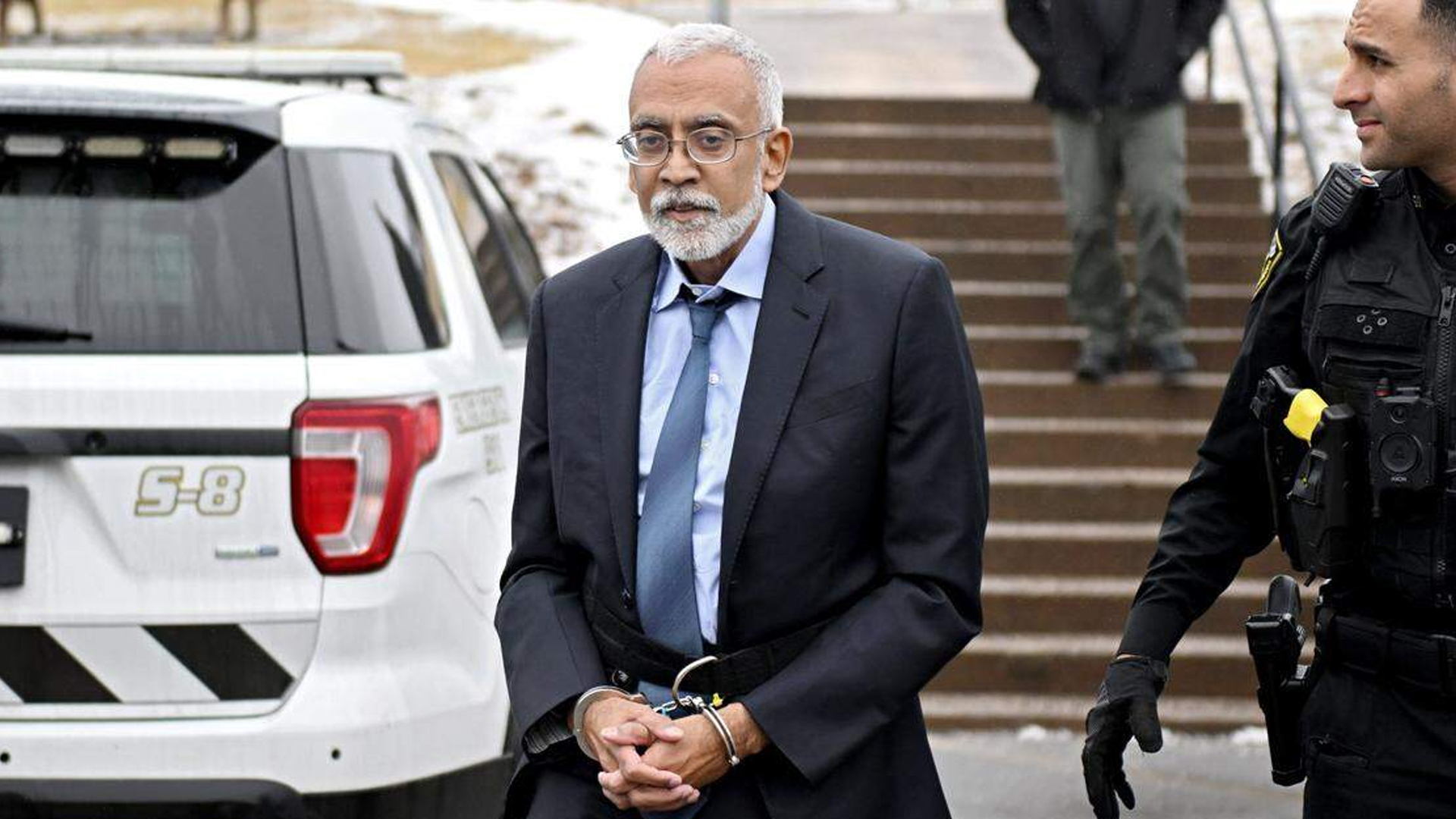India’s retail inflation, measured by the Consumer Price Index (CPI), fell sharply to 1.54 percent in September 2025 — the lowest level since June 2017 — according to provisional data released by the Ministry of Statistics and Programme Implementation (MoSPI).
In August, CPI inflation stood at 2.07 percent, marking a notable 53-basis-point drop and signaling a significant cooling of price pressures across major consumption categories.
A key driver behind this decline was the continued deflation in food prices. The Consumer Food Price Index (CFPI) contracted by 2.28 percent year-on-year in September, extending its negative run for the fourth straight month.
Rural food inflation stood at –2.17 percent and urban food inflation at –2.47 percent. Vegetables saw the sharpest price fall at over 21 percent, while pulses, cereals, oils, fruits, and eggs also registered declines.
This broad-based easing of food prices provided major relief to consumers, particularly in lower-income households.
Non-food categories, however, showed mixed trends. Housing inflation in urban areas rose to 3.98 percent from 3.09 percent in August, while education inflation eased slightly to 3.44 percent.
Health-related inflation remained at 4.34 percent, transport and communication inflation moderated to 1.82 percent, and the fuel and light category saw inflation dip to 1.98 percent. The data indicates that while food deflation is driving the overall CPI down, certain core sectors remain sticky.
Core inflation — which excludes food and fuel — remained relatively steady at around 4.4 to 4.5 percent, reflecting persistent demand-side pressures in the economy. Economists said the sharp moderation in headline inflation is largely due to a favorable base effect and the seasonal decline in food prices.
The MoSPI attributed the fall to stable commodity prices and improved supply conditions in key food items following a good monsoon. However, experts cautioned that this trend could reverse if agricultural supply disruptions occur or global crude oil prices rise in the coming months.
Wholesale price inflation (WPI) also eased to 0.13 percent year-on-year in September, down from 0.52 percent in August, largely due to falling prices of food and fuel. Vegetable prices dropped by nearly 24 percent, contributing to the decline in wholesale inflation.
Economists say the latest data gives the Reserve Bank of India (RBI) room to consider further monetary easing in the months ahead. The central bank has already cut rates by 100 basis points in 2025 but maintained a status quo during its October policy review. Analysts now expect the RBI to assess whether the recent drop in inflation is sustainable before deciding on additional rate cuts.
While the latest figures reflect a clear easing of inflationary pressures, the persistence of relatively high core inflation suggests that the RBI will remain cautious in its policy approach. Policymakers are expected to closely monitor trends in food and energy prices to determine whether India’s inflation trajectory remains firmly under control.
Also Read: Telangana Challenges High Court Stay on 42% OBC Quota





